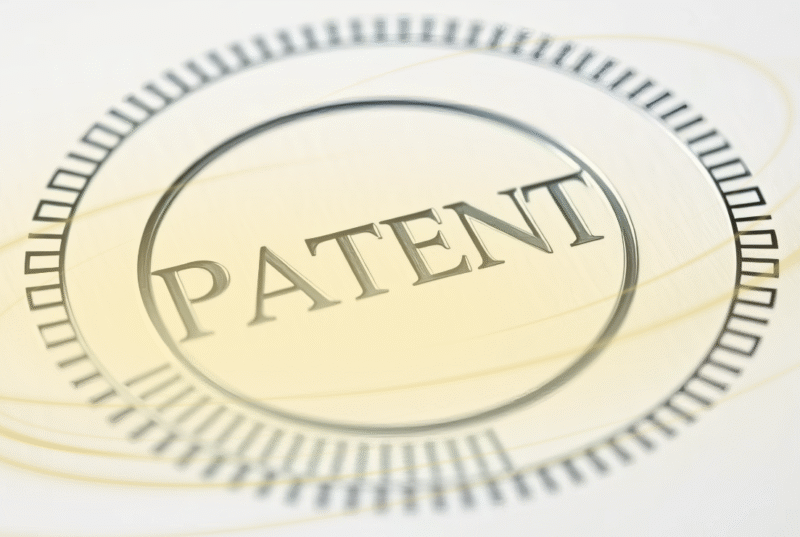The legal landscape pertaining to patent disputes in the United States is continuously evolving, and this necessitates a heightened focus on patent due diligence for businesses across all sectors. Driven by a landmark U.S. Supreme Court decision and several proposed patent-related bills in Congress discussed below, the risks associated with patent infringement may be escalating, thereby increasing the need for proactive legal and critical consideration before investments and commercialization activities are undertaken.
The Halo Effect: A Shift Toward Punitive Damages
The 2016 U.S. Supreme Court decision in Halo Electronics, Inc. v. Pulse Electronics, Inc. marked a pivotal moment in patent law, fundamentally altering how willful patent infringement and enhanced damages are determined. Prior to Halo, the Federal Circuit’s stringent “Seagate test” required patentees to prove both an objectively high risk of infringement and the infringer’s subjective knowledge of that risk by “clear and convincing evidence.” In Halo, the Court lowered this standard of proof to a “preponderance of the evidence.” The Court also held that all determinations regarding enhanced damages would be reviewed under a single “abuse of discretion” standard, rather than multiple standards.
While empirical research indicates a modest but measurable rise in willfulness (>25%) and enhanced damages awards (>8.5%) post-Halo, courts generally have reserved these awards for the most egregious conduct, such as deliberate copying, concealment, bad faith, or other flagrantly wrongful behavior. As the judicial focus has shifted to the severity of the infringer’s conduct, since willfulness in and of itself no longer guarantees enhanced damages, businesses are incentivized to avoid even the appearance of highly culpable behavior. The key takeaway: willfulness alone no longer guarantees enhanced damages, but conduct that looks reckless or calculated is now far riskier.
There is a quiet path to modernizing your shop floors and factories. Emphasis on quiet, because “Digital Transformation” has always been loud, louder, and loudest. It causes strain on the organization’s resources… Continue reading
Proposed Legislation: Further Raising the Stakes
Beyond the Halo decision, several legislative proposals currently before the U.S. Congress would further amplify the risks and costs of patent infringement, if enacted. Congress is considering three bipartisan bills that could raise the stakes for patent disputes: the PREVAIL Act, the RESTORE Act, and the PERA Act.
The PREVAIL Act (Promoting and Respecting Economically Vital American Innovation Leadership Act) would make it significantly more difficult to challenge and overturn issued patents before the Patent Trial and Appeal Board (PTAB) by aligning procedures more closely with District Courts. As such, it proposes to establish a burden of proof for invalidity at the “clear and convincing evidence” standard. This proposed Act also seeks to limit serial or repetitive challenges by tightening standing requirements and expanding estoppel. The expected outcome is a reduction in duplicative litigation and potentially more infringement findings surviving review, which could lead to an increase in damages awards, potentially including enhanced damages.
The RESTORE Act (Realizing Engineering, Science, and Technology Opportunities by Restoring Exclusive Patent Rights Act) seeks to reverse aspects of the 2006 Supreme Court decision in eBay v. MercExchange by reinstating a presumption in favor of granting permanent injunctions after patent infringement has been determined. Under this proposed Act, the burden of demonstrating why an injunction should not be issued would shift to the defendants. This would significantly enhance the bargaining power of patent holders and more strongly deter infringement by potentially increasing damages awards to include not only monetary compensation, but also to allow owners to block infringing competitors from commercial markets.
The last of the key patent-related bills in Congress is the PERA Act (Patent Eligibility Restoration Act), which would broaden the scope of what can be patented in the United States, and restore clarity to patent eligibility by defining what is – and what is not – eligible for patent protection, with only narrow exceptions. By reducing the number of Section 101 challenges – particularly in software, life sciences, and diagnostics technologies – more patent disputes would proceed, potentially increasing the frequency and size of damages awards.
The Amplified Need for Due Diligence
The combined effect of the Halo decision and any or all of the potential legislation discussed above could create a significantly more challenging innovation environment for companies as they consider patent infringement risks. Post-Halo, the relaxed standard for finding willfulness means that any conduct perceived as “deliberate, malicious, or flagrantly wrongful” is more susceptible to awards of enhanced damages. And, if enacted, the PREVAIL Act would make patents harder to invalidate at the PTAB; the RESTORE Act would empower patent owners with a stronger ability to secure injunctions, potentially halting commercial operations found to be infringing; and the PERA Act’s enhanced patent eligibility criteria would clarify and expand the universe of potentially protectable inventions.
Anticipating this heightened enforcement environment, concerned companies should consider implementing practical approaches for robust and proactive patent due diligence. If not already in place, some of these activities should include researching existing patents prior to development of new products or entering new markets to identify and mitigate potential infringement risks; obtaining legal opinions when there is concern of potential patent infringement claims or when developing products in crowded patent spaces (which can help mitigate findings of egregious conduct); assessing one’s own patent portfolios to understand their defensive and offensive capabilities; and implementing internal processes to monitor competitors’ intellectual property to avoid inadvertent infringement.
For patent infringement defendants, these stronger validity and eligibility standards would make it more difficult to avoid liability and increase the risk of both substantial damages and injunctions. To navigate this complex and ever-changing environment, it would be prudent to undertake comprehensive patent due diligence for protecting innovation, mitigating risks, and ensuring fair competition.
This piece was co-authored by Zoe Lyon, legal intern at L&A.

